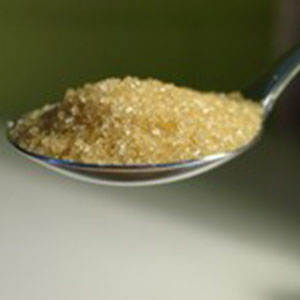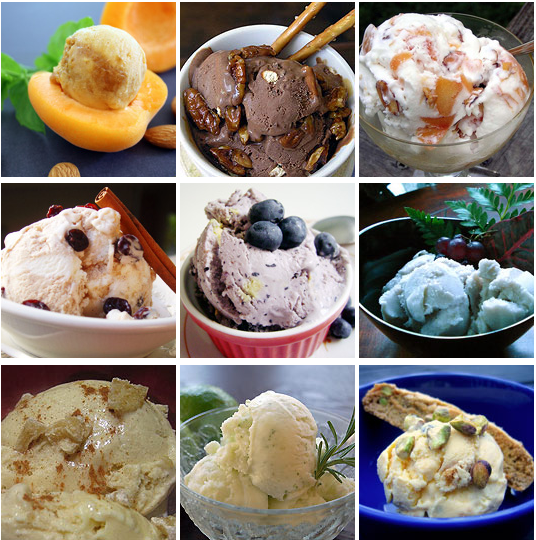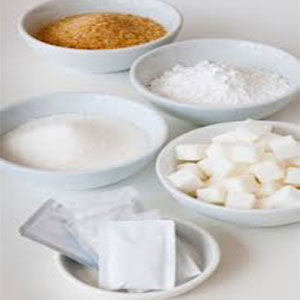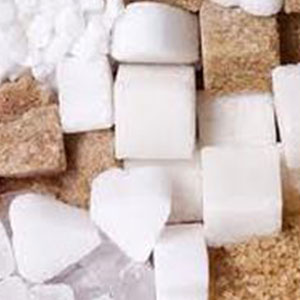PRODUCTS LIST
Sugar /sucrose/-
is a carbohydrate that is present naturally in fruits and vegetables. All plants use a natural process called photosynthesis to turn sunlight into the nourishment they need for growth.
Of all known plants, sugar is most highly concentrated in sugar beets and sugar cane. Sugar is simply separated from the beet or cane plant, and the result is 99.95% pure sucrose (sugar). The sucrose from sugar beets and sugar cane is not only identical to one another, but each is the same as the sucrose present in fruits and vegetabl
White Sugar-
There are many different types of granulated sugar. Some of these are used only by the food industry and professional bakers and are not available in the supermarket. The types of granulated sugars differ in crystal size. Each crystal size provides unique functional characteristics that make the sugar appropriate for a specific food’s special need.
“Regular” or white sugar, extra fine or fine sugar
“Regular” or white sugar, as it is known to consumers, is the sugar found in every home’s sugar bowl, and most commonly used in home food preparation. White sugar is the sugar called for in most cookbook recipes. The food industry stipulates “regular” sugar to be “extra fine” or “fine” because small crystals are ideal for bulk handling and not susceptible to caking.
Fruit Sugar-
Fruit sugar is slightly finer than “regular” sugar and is used in dry mixes such as gelatin and pudding desserts, and powdered drinks. Fruit sugar has a more uniform small crystal size than “regular” sugar. The uniformity of crystal size prevents separation or settling of larger crystals to the bottom of the box, an important quality in dry mixes.
Bakers Special Sugar-
The crystal size of Bakers Special is even finer than that of fruit sugar. As its name suggests, it was developed specially for the baking industry. Bakers Special is used for sugaring doughnuts and cookies, as well as in some commercial cake recipes to create a fine crumb texture.
Superfine, ultrafine, or bar sugar-
This sugar’s crystal size is the finest of all the types of granulated white sugar. It is ideal for delicately textured cakes and meringues, as well as for sweetening fruits and iced-drinks since it dissolves easily. In England, a sugar very similar to superfine sugar is known as caster or castor, named after the type of shaker in which it is often packaged.
Confectioners or powdered sugar-
This sugar is granulated sugar ground to a smooth powder and then sifted. It contains about 3% cornstarch to prevent caking. Powdered sugar is ground into three different degrees of fineness. The confectioners sugar available in supermarkets – 10X – is the finest of the three and is used in icings, confections and whipping cream. The other two types of powdered sugar are used by industrial bakers.
Coarse sugar-
As its name implies, the crystal size of coarse sugar is larger than that of “regular” sugar. Coarse sugar is recovered when molasses-rich, sugar syrups high in sucrose are allowed to crystallize. The large crystal size of coarse sugar makes it highly resistant to color change or inversion (natural breakdown to fructose and glucose) at cooking and baking temperatures. These characteristics are important in making fondants, confections and liquors.
Sanding sugar-
Another large crystal sugar, sanding sugar, is used mainly in the baking and confectionery industries as a sprinkle on top of baked goods. The large crystals reflect light and give the product a sparkling appearance.
Brown Sugar-
This sugar is raw sugar which has been partially processed, where only the surface molasses has been washed off. It has a blond color and mild brown sugar flavor, and is often used in tea and other beverages.
Evaporated Cane Juice-
Evaporated Cane Juice is the common name for the food-grade cane based sweetener produced directly from milled cane using a single-crystallization process. The filtered, clarified juice is evaporated into syrup, crystallized and cured. This free flowing sweetener has a light golden color and retains a hint of molasses flavor because there is no further processing.
Brown sugar (light and dark)-
Brown sugar retains some of the surface molasses syrup, which imparts a characteristic pleasurable flavor. Dark brown sugar has a deeper color and stronger molasses flavor than light brown sugar. Lighter types are generally used in baking and making butterscotch, condiments and glazes. The rich, full flavor of dark brown sugar makes it good for gingerbread, mincemeat, baked beans, and other full flavored foods.
Brown sugar tends to clump because it contains more moisture than white sugar.











